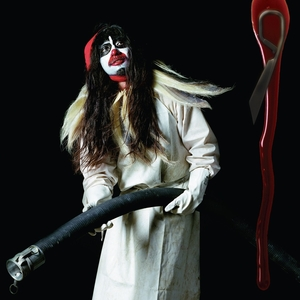Drawing Restraint 9 stands apart in Björk’s discography. Released in 2005, it serves as the soundtrack to an experimental film by visual artist Matthew Barney. Coming right after Medúlla, which focused almost entirely on voice, this project moves in a different direction. It’s more abstract, more textured, and deeply tied to visual storytelling. While earlier albums like Vespertine or Homogenic were deeply personal, this one is collaborative and conceptual, shaped by the rituals and imagery of Japanese culture. In the broader music world, it arrived at a time when few mainstream artists were blending Eastern traditional instruments with Western avant-garde styles.
Björk approached this album not just as a musician but as a co-creator of a larger artistic vision. She wanted the music to reflect themes of transformation, discipline, and cultural intersection — ideas central to the film. To do that, she incorporated Japanese instruments like the shō and worked with vocalists from classical traditions. The goal was not to make a typical soundtrack, but to create something that could stand on its own while still being deeply rooted in the film’s narrative. It’s music that asks the listener to slow down and engage, rather than offering easy rewards.
Sonic Exploration
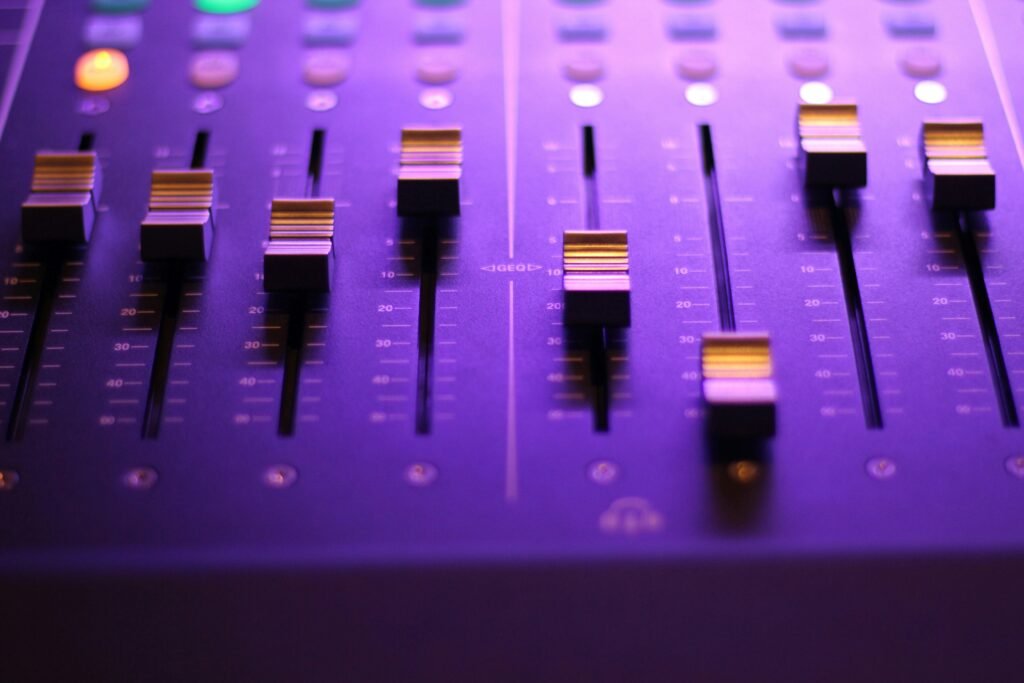
The production on Drawing Restraint 9 is both meticulous and restrained. Each sound feels placed with intention, echoing the film’s meditative pacing. Björk favors clarity over density here. Instead of layers upon layers, there’s space — often large, open space — that lets each texture breathe. The production is clean but never sterile. It reflects a focus on subtlety rather than spectacle. This minimalist approach supports the album’s ceremonial feel, inviting listeners to lean in and observe rather than be swept away. It’s not designed for casual listening, but for careful, focused engagement.
Musical Arrangements
The arrangements are unconventional, often eschewing traditional Western song structures. Strings drift in and out, the Japanese shō provides an airy, reedy drone, and harp glides gently through several tracks. Vocals, when they appear, are sparse and almost secondary to the instrumentation. On “Bath,” for instance, the shō and marimba form a delicate backbone, while Björk’s voice barely rises above a whisper. In “Holographic Entrypoint,” the operatic vocal solo stands almost alone, a stark contrast to the rest of the album’s muted palette. These choices show Björk’s willingness to let silence and stillness play as much a role as sound.
Genre Elements
The album is hard to pin to a single genre. It draws from avant-garde classical, ambient, Japanese traditional music, and experimental electronica. This blend doesn’t feel like fusion for its own sake. Rather, the genres are used to serve the album’s themes — restraint, ritual, and transformation. Björk avoids catchy hooks or familiar rhythms. Instead, she leans into mood and atmosphere. The result is genre-defying, though perhaps too elusive for some listeners. For those open to its slow unfolding, it offers a quietly rewarding experience that stands apart from typical pop or soundtrack fare.
Lyrical Analysis

Unlike many of Björk’s previous albums, Drawing Restraint 9 places less emphasis on lyrics and more on sonic texture. Still, when words do surface, they echo the central themes of transformation, discipline, and cultural convergence. On the track “Gratitude,” the lyrics are spoken by Will Oldham, not Björk herself, adding a layer of narrative distance. These words are drawn from a letter written by a Japanese fisherman to a general — a metaphor for respect, duty, and the unspoken tensions between authority and personal experience. This narrative thread ties into the broader themes of identity, change, and ritual explored in the film.
Lyrical Depth
The lyrics throughout the album are sparse and often abstract. They don’t tell stories in a traditional sense, but rather offer glimpses into emotional or symbolic states. In “Bath,” Björk sings softly about cleansing and renewal — both physical and spiritual. The language is poetic, sometimes cryptic, and open to wide interpretation. This ambiguity can be either enriching or frustrating, depending on the listener’s appetite for lyrical puzzles. There are no clear choruses or linear arcs; instead, the words function like brushstrokes in a larger visual piece.
Emotional Impact
Though the lyrics are minimal, they carry emotional weight when paired with the music’s patient pacing and subtle dynamics. Rather than delivering catharsis, the album leans into introspection. There’s a quiet dignity to the way the lyrics unfold — never rushed, always deliberate. When they do break through the soundscape, they often evoke a sense of reverence or melancholy. It’s a different kind of emotional experience, one that prioritizes reflection over drama. Listeners looking for raw emotion may find it too subdued, but for those attuned to its quiet intensity, it can be deeply affecting.
Cohesion and Flow
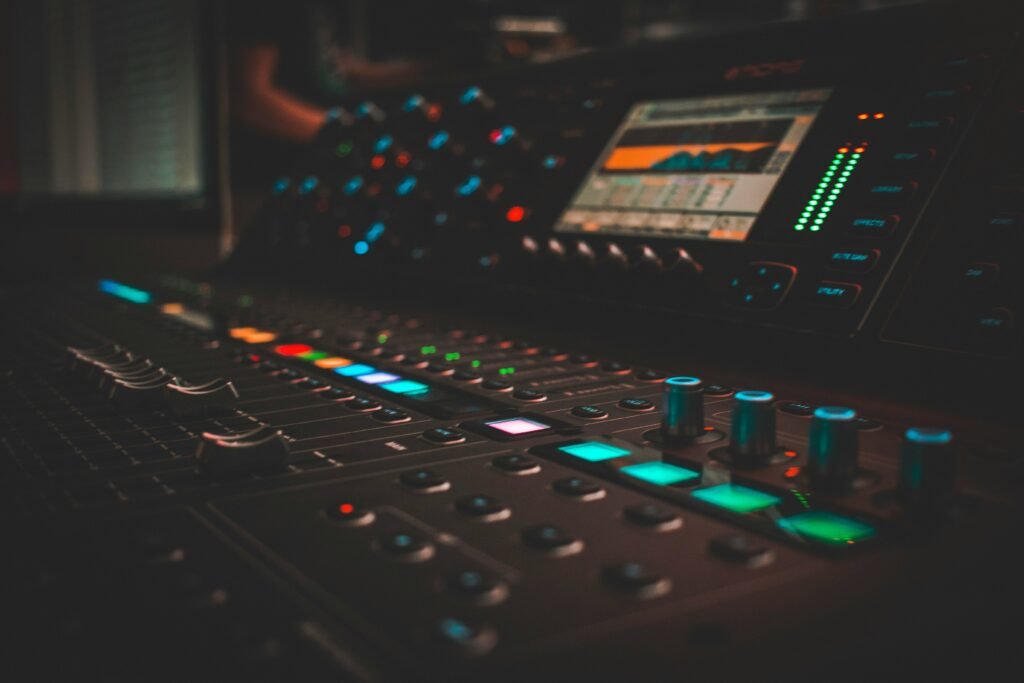
Drawing Restraint 9 unfolds with a deliberate, almost meditative pacing. The transitions between tracks are smooth, often so subtle they feel like part of a continuous sonic landscape rather than separate pieces. This fluidity mirrors the film’s slow, ceremonial movements. From the droning calm of “Gratitude” to the ambient wash of “Hunter Vessel,” the album builds an immersive environment rather than telling a clear narrative. There is an emotional arc, but it’s understated — more a gentle ebb and flow than a rise and climax. This can either enhance the listening experience or make it feel static, depending on the listener’s expectations.
Thematic Consistency
The album’s thematic focus on ritual, transformation, and cultural synthesis is consistently upheld. Musically and conceptually, it holds a tight focus. The use of Japanese instruments, the restrained vocal presence, and the patient tempo all contribute to a coherent aesthetic. However, the inclusion of tracks like “Holographic Entrypoint,” with its stark operatic solo, may strike some as a tonal outlier. While it aligns conceptually, its sonic contrast can momentarily disrupt the album’s flow. That said, the overall structure maintains a strong identity — calm, deliberate, and deeply atmospheric.
Standout Tracks and Moments
Among the album’s more restrained palette, a few tracks stand out for their emotional resonance or bold artistic choices.
Bath
“Bath” is one of the more accessible and affecting pieces. Its layered textures of shō, harp, and voice feel both intimate and expansive, capturing the album’s core themes of purification and transformation. The gentle interplay between the instruments and Björk’s hushed vocals offers a rare moment of softness that feels genuinely inviting.
Gratitude
“Gratitude” also earns distinction, not only for its unusual vocal delivery by Will Oldham but for its narrative weight. The simple, formal letter-reading becomes a vehicle for exploring respect and duty, giving the album a moment of quiet reflection grounded in character. It serves as a unique narrative anchor in an otherwise abstract soundscape.
Memorable Moments
One of the most haunting segments appears in “Hunter Vessel,” where the swelling strings and ambient drones evoke a sense of mounting tension without ever fully resolving. It’s a cinematic moment that underscores Björk’s skill in shaping emotional arcs without relying on traditional song structure.
“Holographic Entrypoint” may divide listeners, but its use of a solo male operatic voice, singing without accompaniment, is undeniably bold. This track strips the sound down to its barest elements and forces attention onto tone and breath, reminding us of Björk’s fascination with the physicality of sound. Even if it disrupts the flow for some, it encapsulates the album’s embrace of ritualistic performance and artistic risk.
Artistic Contribution and Innovation
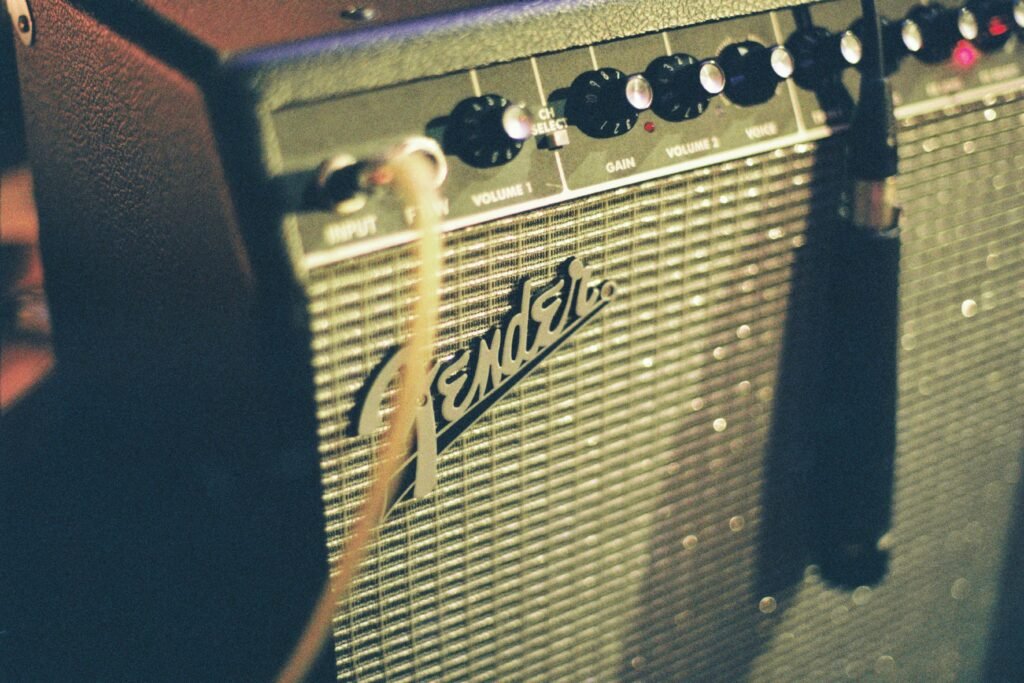
Drawing Restraint 9 exists on the periphery of both the music industry and conventional genre classification. As a soundtrack, it defies expectations by prioritizing mood and ritual over accessibility or narrative clarity. In the context of Björk’s discography, it stands as one of her most uncompromisingly experimental projects. While albums like Homogenic or Vespertine found ways to bridge innovation and mainstream appeal, this work makes few concessions. Within the broader music landscape, its fusion of Japanese traditional music with Western avant-garde sensibilities is rare, even in experimental circles. It may not have reshaped the industry, but it carved out a unique artistic space that few have attempted to occupy since.
Innovation
What sets the album apart is its methodical integration of cultural forms. Rather than borrowing surface aesthetics, Björk engages deeply with Japanese music and ceremonial structure. The inclusion of the shō, collaborations with traditional musicians, and a narrative steeped in transformation and restraint show a thoughtful engagement rather than mere experimentation. The decision to limit her own vocal presence is itself a bold move from an artist known for expressive singing. Likewise, the use of silence and stillness as compositional tools highlights a less-is-more philosophy not often explored in contemporary soundtracks.
Closing Thoughts
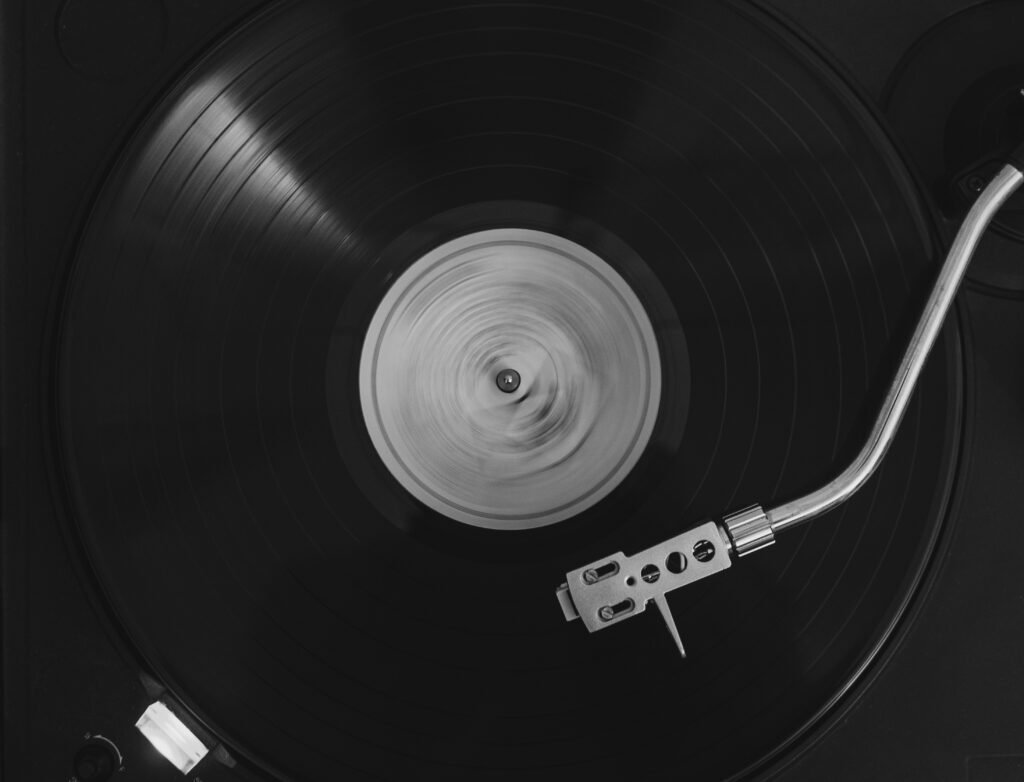
Drawing Restraint 9 is an album that demands patience and openness. Its strengths lie in its bold artistic vision, careful attention to sonic detail, and unwavering commitment to thematic cohesion. Björk’s decision to lean into minimalism and cultural synthesis rather than personal expression marks a fascinating pivot in her career. The album succeeds in building a rich, immersive sound world that mirrors the ceremonial rhythms of its companion film.
However, its very strengths may also be its stumbling blocks for some listeners. The sparse lyrics, nontraditional structures, and lack of emotional immediacy can make it feel distant or opaque. While certain tracks like “Bath” and “Gratitude” offer moments of clarity and emotional warmth, others may feel more like exercises in atmosphere than fully realized pieces.
Still, within Björk’s discography, Drawing Restraint 9 holds a special place as a deeply collaborative and interdisciplinary work. It may not reach the emotional heights of her most beloved albums, but it offers a different kind of reward — one rooted in reflection, ritual, and restraint.
Official Rating: 7/10
This score reflects the album’s artistic integrity and ambition, balanced against its limited accessibility and emotional reach. It is a thoughtful, beautifully crafted project that may not resonate widely, but for those who engage with it on its own terms, it can be quietly powerful.
